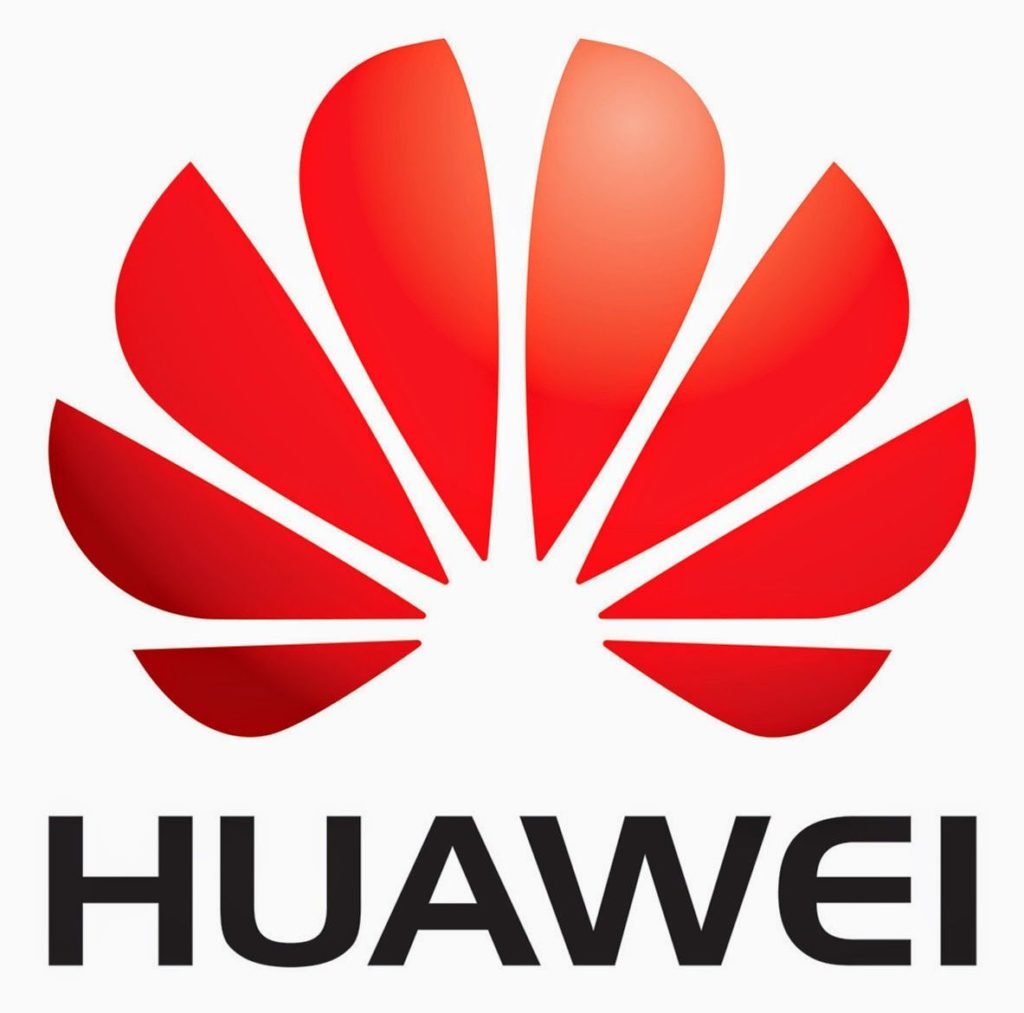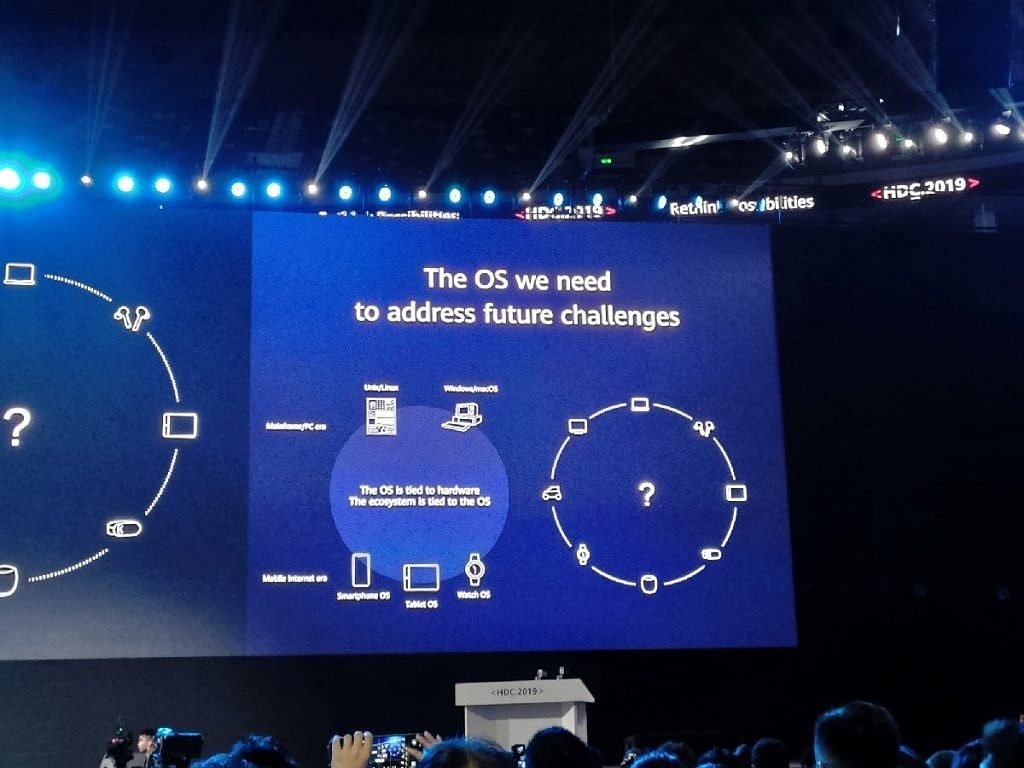
(Image Source)
I do not own Huawei gadgets although I recall using Huawei made modem for Maxis broadband a long time ago. Nonetheless, I have been following up on the troubles that Huawei – the seventh-largest tech company in the world by revenue and a leading pioneer on 5G technology – have been facing with the US market:-
Huawei’s U.S. trouble started in 2012 when lawmakers issued a report warning that the company’s equipment could be used to spy on Americans. Since then, major U.S. telecoms have for the most part steered clear of the firm. The company and Chinese leaders deny the U.S. claims.
Both the Commerce and Treasury departments subpoenaed the company over possible violations of U.S. sanction laws. Earlier this year, AT&T walked away from a deal to sell Huawei cellphones to U.S. customers.
Canadian authorities on Wednesday confirmed the arrest of the Meng Wanzhou, the chief financial officer of Chinese tech giant Huawei Technologies, while she was transiting in Vancouver on Saturday. Meng now faces possible extradition to the United States on charges that could relate to suspected violations of U.S. trade sanctions on Iran, according to law enforcement sources cited by Canadian media.
(Source)
Read These As Well:-
The reason being – the ban by the Americans shows how vulnerable non-US tech companies are when their core engine is running on US derived ecosystem such as Google. This is so even though Android is open-source and is not restricted by politics from both nations. As compared to other China-based companies, it was highly noticeable with Huawei:-
Huawei is the hostage of Google. When it comes to the operation system for its smartphone devices, that is.
(Source)
And
Fast forward to IFA 2019, Huawei confirmed that it indeed is true. Huawei can no longer use Google apps and services as the sanctions placed on the company forbids it from doing business with US-based companies.
Dr Wang Chenglu, Huawei’s president of consumer software said the company is working on developing alternatives to Google apps and services, including GPS navigation.
(Source)
The question is who outside China wants to buy an Android phone which will not have Gmail, Google Map, Youtube and a load of other Google-related apps? The answer is no one unless you just want the empty phone to snap photos, to use to make & receive calls and have access to Google the hard way via a browser. And if the ban continues, then we will see more US tech companies scaling back their licenses or support to Huawei.
Of course, the solution that Huawei has is to create their own OS ecosystem and they have been working on one called “Harmony OS”.

(Image Source)
Huawei’s new operating system, Harmony OS, will be “decoupled” from hardware said the Chinese electronics giant.
“It can be flexibly deployed on different devices based on each device’s hardware capabilities in order to maximise the potential of each device,” said Huawei head of global product marketing Clement Wong.
“We are not building another Linux, Android, or iOS. We are building the next-generation OS for the future
“HarmonyOS is a new microkernel-based, distributed OS (operating system) for all scenarios.”
Wong described HarmonyOS as a “global and open-source operating system” with the aim to be compatible with any device from smart wearables to home devices like Huawei Vision and connected industrial equipment.
(Source)
And
Yu’s presentation was rather technical but in a nutshell, HarmonyOS is positioned as a future-proof, “microkernel-based, distributed OS for all scenarios.” The platform is open source, and it’s actually more of a competitor to Google’s upcoming Fuchsia, given that both are microkernel-based and can be used on multiple types of devices at once.
In his on-stage presentation he said that Android isn’t as efficient due to its redundant codes, outdated scheduling mechanism and general fragmentation issues. Shots fired.
In addition to being a lightweight system, Huawei says HarmonyOS will offer some performance boosts. For one, it’ll feature a “Deterministic Latency Engine” that can better allocate system resources using real-time analysis and forecasting. Android, on the other hand, is stuck with the Linux kernel’s less-intelligent fair scheduling mechanism.
HarmonyOS also allows for very fast “Inter Process Communication” — the link between its microkernel and external kernel services like file systems, networks, drivers, apps and more. Huawei claims that HarmonyOS’ IPC performance is five times that of Google’s Fuchsia, and three times that of QNX.
(Source)
In any case of a new OS trying to compete (the keyword – trying) with Google’s Android OS (or Apple’s iOS), there will be huge challenges.
And one of the key challenges – one which Microsoft learned the hard way is getting enough software companies & apps developers to-do app for the new OS. Enough apps availability means more options for consumers and this will relate to more acceptability of the new OS. In this sense, Huawei is providing a solution in the form of ARK compiler which makes migrating Android apps to Harmony very easy and only requires one or two days’ work (Link).